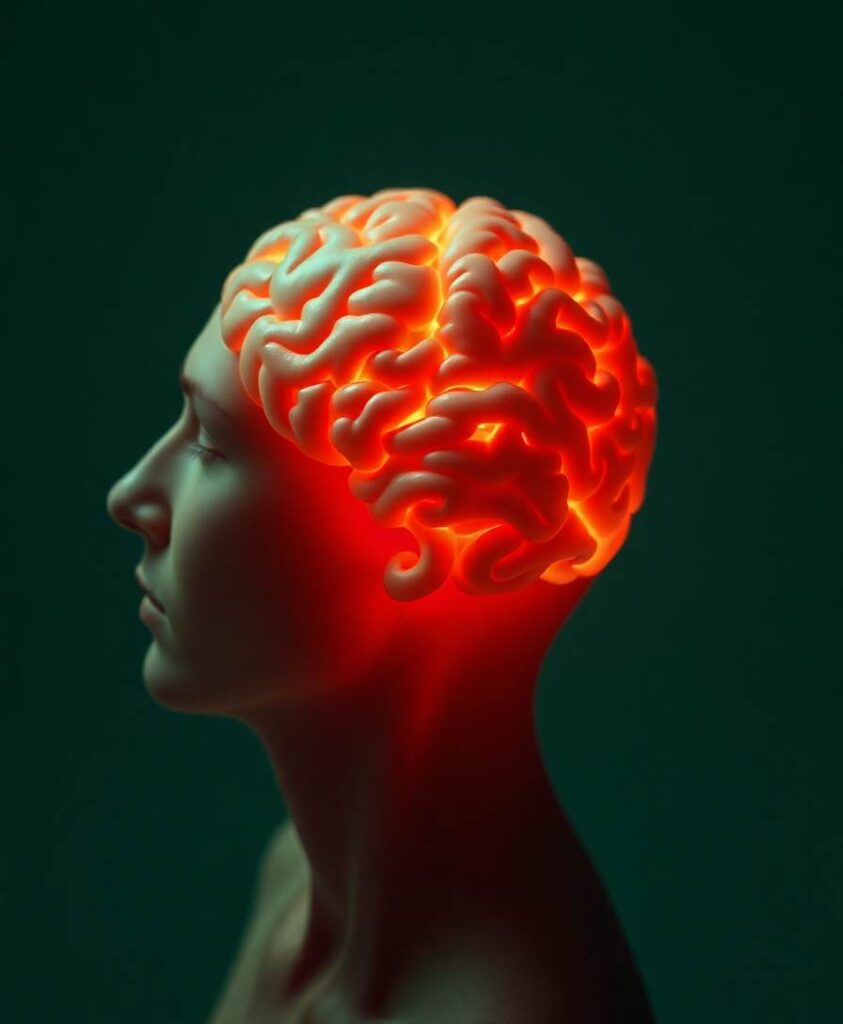Alzheimer’s disease (AD) is characterized by progressive memory deficits accompanied by synaptic and metabolic deficits, namely of mitochondrial function. AD patients also display a disrupted circadian pattern. Thus, we now compared memory performance, synaptic plasticity, and mitochondria function in 24-week-old non-transgenic (non-Tg) and triple transgenic male mice modeling AD (3xTg-AD) at Zeitgeber 04 (ZT-4, inactive phase) and ZT-16 (active phase). Using the Morris water maze test to minimize the influence of circadian-associated locomotor activity, we observed a circadian variation in hippocampus-dependent learning performance in non-Tg mice, which was impaired in 3xTg-AD mice. 3xTg-AD mice also displayed a lack of circadian variation of their performance in the reversal spatial learning task. Additionally, the amplitude of hippocampal long-term potentiation also exhibited a circadian profile in non-Tg mice, which was not observed in 3xTg-AD mice. Moreover, cerebral cortical synaptosomes of non-Tg mice also displayed a circadian variation of FCCP-stimulated oxygen consumption as well as in mitochondrial calcium retention that were blunted in 3xTg-AD mice. In sum, this multidimensional study shows that the ability to maintain a circadian oscillation in brain behavior, synaptic plasticity, and synaptic mitochondria function are simultaneously impaired in 3xTg-AD mice, highlighting the effects of circadian misalignment in AD.




